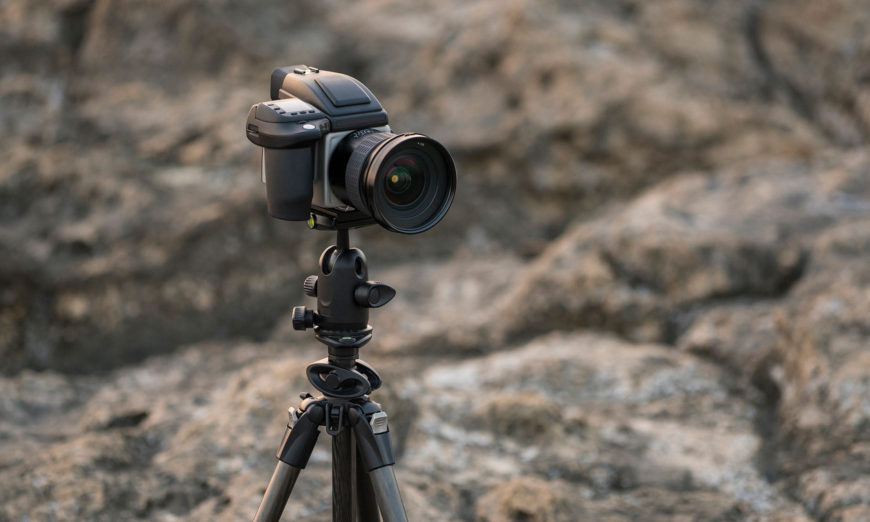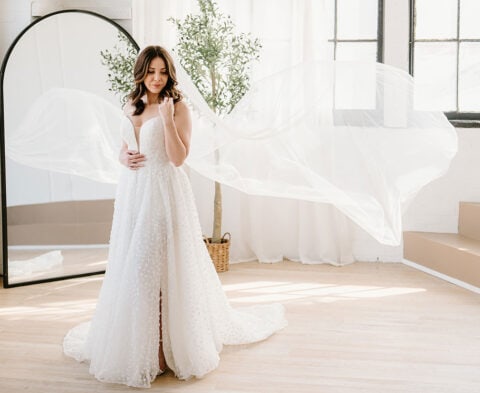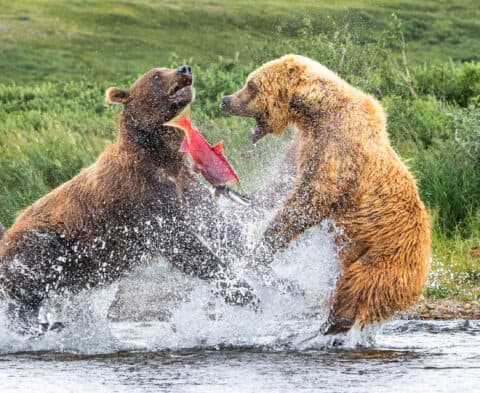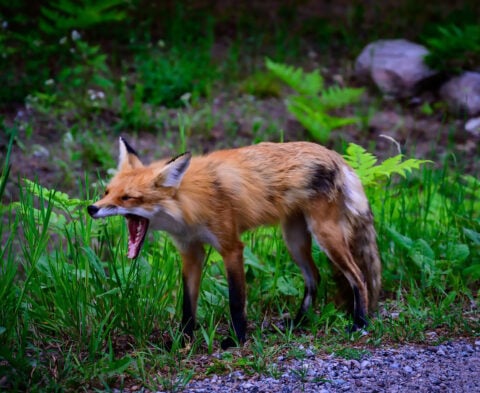A number of readers of Henry’s site and the posts here have been photographers for some time. You may be looking for something more to expand your photographic horizons. Consider going to a larger sensor.
I don’t mean more megapixels on a 35mm sensor, I mean a physically larger sensor in a different camera entirely.
For years, medium format film cameras were seen as separating the pros from the talented amateurs. I never bought into that because the tools are very different. A medium format system has a look and a feel that you will not get from any 35mm full frame or smaller sensor.
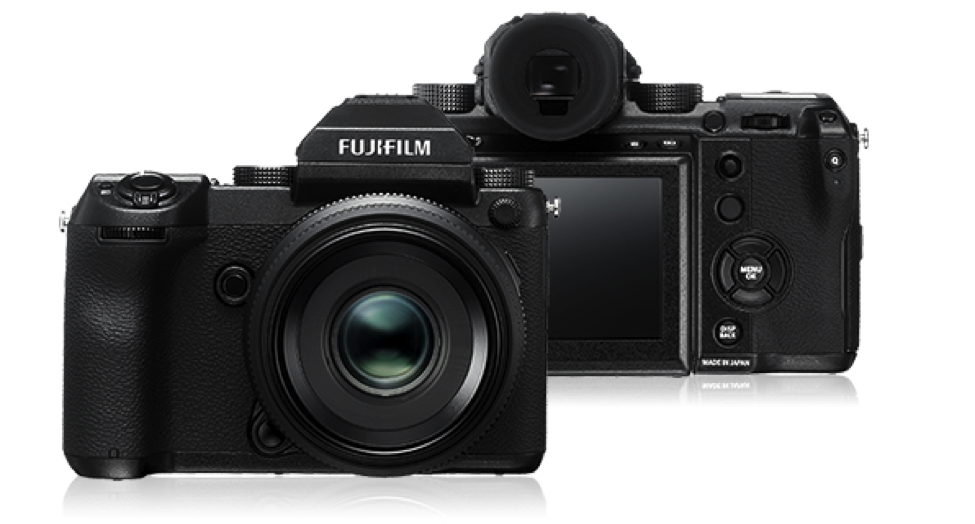
Figure 1: Fujifilm’s superb GFX-50S handles like a DSLR and is only marginally larger than a full-frame camera
How Much Bigger is Bigger?
If we consider a full frame sensor, we are talking about something measuring 36mm by 24mm. In a full frame digital medium format, we are talking about 60mm by 45mm. That’s over 3x the surface area. While megapixel counts could be very close to the same, the photo receptors are larger, will often have more dynamic range and will be 16 bits deep instead of 14 bits in the best 35mm size sensors.
A single Red, Green or Blue channel in 14 bits, gives us an incredible 16,384 variants. Jump that to 16 bits and the colour depth moves to 65,536 variants per channel. Thus, while the megapixel count does not change, the colour depth does and does so significantly. This means a colour range of 281 quadrillion potential variants. Seems like enough.
Depth of Field is Different
A lens that is designed to cover a medium format image circle, is going to be a physically larger design with a different focal length to achieve a specific angle of view. Thus, focal lengths between medium format and a full frame DSLR cannot be compared linearly. For example, the default standard lens for the Hasselblad H6D-100 is an 80mm f/2.8. Because of the much larger image circle, that f/2.8 aperture has much less depth of field than a comparable f/2.8 aperture on a full frame DSLR. The equivalent lens on the DSLR would be a 50mm and the depth of field on the DSLR would be about 2’ 3” at f/2.8 for a subject at 10 feet, whereas the depth of field on the Hasselblad with an 80mm lens for the same field of view would be 1’ 3” at f/2.8 for a subject at 10 feet. That razor thin depth of field at the same viewing distance while maintaining the same field of view is a completely different look. This is why you will often see comments that medium format “looks different”. Because it actually does.
Lens Imaging
Another area where we will see the differences is in the entire feel of the image. A qualified observer will be able to see the difference between an image made on medium format and on full frame. It’s different, and whether that difference is appealing is a matter of personal taste, but there’s a reason that the top wedding and headshot photographers have standardized on medium format.
File Size and Speed
Consider all that extra data being collected. It means that the RAW files are going to be much larger than a traditional interchangeable lens camera. These larger files are going to take longer to write to the memory cards and thus a medium format camera is not going to be a speed demon, inadequate for sports, as an example. However, for subjects that are predominantly static, they will excel.

Figure 2: The lightweight and gorgeous Hasselblad X1D
But They’re So Expensive, Aren’t They?
Digital medium format cameras have traditionally been extremely expensive pieces of kit, but a compression in pricing has occurred. The top of line Canons and Nikons have gone up substantially, whereas the mirrorless variants in medium format are much more affordable than some of the mirror using versions. Both Fujifilm’s GFX-50s and Hasselblad’s X-1D, while still more expensive than most high-end DSLRs or high-end mirrorless, are much more affordable than alternatives. Medium format cameras tend not to be replaced as frequently by manufacturers and will also hold value better than traditional consumer products. Medium format lenses are also more expensive, but again, will last a very long time. My old Mamiya RZ67s and glass still work perfectly, as does the old Hasselblad 500CM and 80mm Planar. Yes these are film cameras, and I no longer have access to transparency film, but they still excel for black and white work.
What to Shoot
Landscapes, portraits, groups, teams and macro images really show the step up when you shoot in medium format. If you really like doing black and white work, all that extra bit depth has a huge impact on your processing flexibility, and if you leverage the Zone System or my spot metering tutorial in your metering process, you will have even more to work with.
Summary
Medium format is a bit more work. Depth of field is shallower, you won’t have the same range of high shutter speeds and ISOs. You will work from a tripod more often and you will make fewer frames. The files will be larger and take longer to import and process. Even with all of these alleged negatives, the difference in the printed image is substantial and readily visible. If you are just shooting for Facebook, medium format isn’t for you. If, however, you are a serious photographer, looking for a step up in overall image capability and you will be printing, medium format may be exactly the next place that you are looking for. You will not find these cameras in the majority of Henry’s stores, but you can see them live at the 119 Church St location amongst some others.
Thanks for reading, and until next time, peace.
